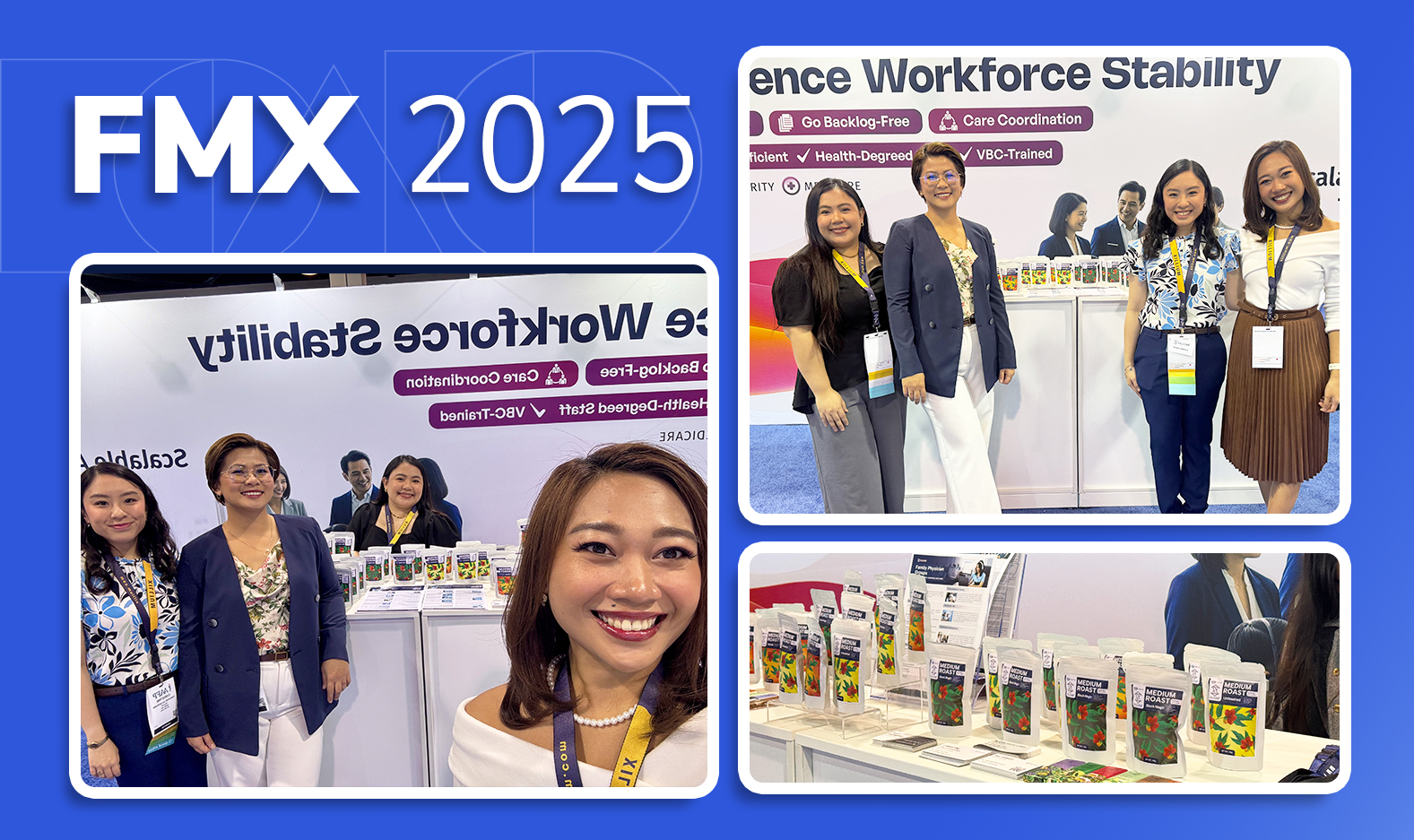Healthcare is no longer just about responding to challenges as they arise. It’s about anticipating them. Practices face an ever-changing landscape, where regulatory shifts, evolving patient expectations, and technological advancements demand proactive solutions. True innovation stems from anticipating these challenges and adapting ahead of time. Success is achieved by creating flexible, scalable support systems that grow alongside the needs of healthcare providers, ensuring operational efficiency and continuity as the landscape continues to evolve.

Why We Don’t Do One-Size-Fits-All
Healthcare practices are complex ecosystems, each facing its own set of recurring challenges that can vary greatly depending on size, specialty, and patient demographics. Solutions that work for one organization might not apply to another. This is why the key to progress lies in moving away from one-size-fits-all solutions and embracing approaches that adapt to the unique needs of each practice. Identifying these challenges, whether related to staffing, compliance, or operational efficiency, and crafting practical, flexible solutions is critical to long-term success. Continuous feedback, grounded in real-world experience and ongoing dialogue with industry leaders at events like U.S. medical conferences, ensures that the solutions stay relevant, refined, and impactful.
What This Looks Like in Practice
Operational disruptions caused by staff shortages, absenteeism, and workload imbalances are common and can negatively impact patient care and staff efficiency. Solutions to these challenges must be flexible and responsive to the unique needs of each practice.
- Overnight Service: Administrative tasks like chart preparation and prior authorization are often more time-consuming during peak hours. Shifting these responsibilities to overnight allows the morning team to focus on more urgent tasks, reducing backlog and improving overall efficiency. This approach helps practices streamline operations, ensuring that critical functions are completed without overwhelming daytime resources.
- No Absentee Service: Staff absences are inevitable. A gap in staffing can lead to operational delays, disrupt patient care, and affect overall efficiency. To address this, a reliable process for quickly filling these gaps is essential. With built-in coverage for when our staff member is absent, clients can maintain continuity in their operations and avoid unnecessary disruptions. This proactive approach helps ensure that the day’s work stays on track without adding additional strain on the team.
- Leave Support: If your onsite staff goes on leave, we provide virtual medical assistants familiar with the work to fill the gap. We have a Leave Support Team designed to ensure a smooth transition by providing virtual medical assistants familiar with your practice’s workflows. This allows the practice to maintain its usual pace without disruption, helping to bridge staffing gaps efficiently and ensuring ongoing support for both staff and patients.
Adaptable, Steady Support
Healthcare is in constant flux, and adaptability is key to success. Practices, whether expanding, reorganizing, or adapting to new demands, need support systems that can scale and adjust to their evolving needs. Flexibility in operations ensures that healthcare teams remain focused on providing patient care, rather than being bogged down by administrative tasks.
What Guides Us
- Experience: Effective solutions are born from real-world experience. By understanding what works—and what doesn’t—innovative approaches are developed to address the most pressing challenges.
- Attention to Detail: While overarching strategies matter, success lies in the day-to-day operations. Paying close attention to the finer details ensures smooth, consistent performance.
- Continuous Feedback: The best solutions evolve over time. By listening to feedback, measuring success, and making ongoing improvements, services remain relevant and effective in meeting the demands of modern healthcare practices.
If you’re running into new challenges, or what used to work isn’t working anymore, it might be time for a different approach. Innovation begins by listening, refining, and adapting. That’s how most of our new services begin.
.png)

